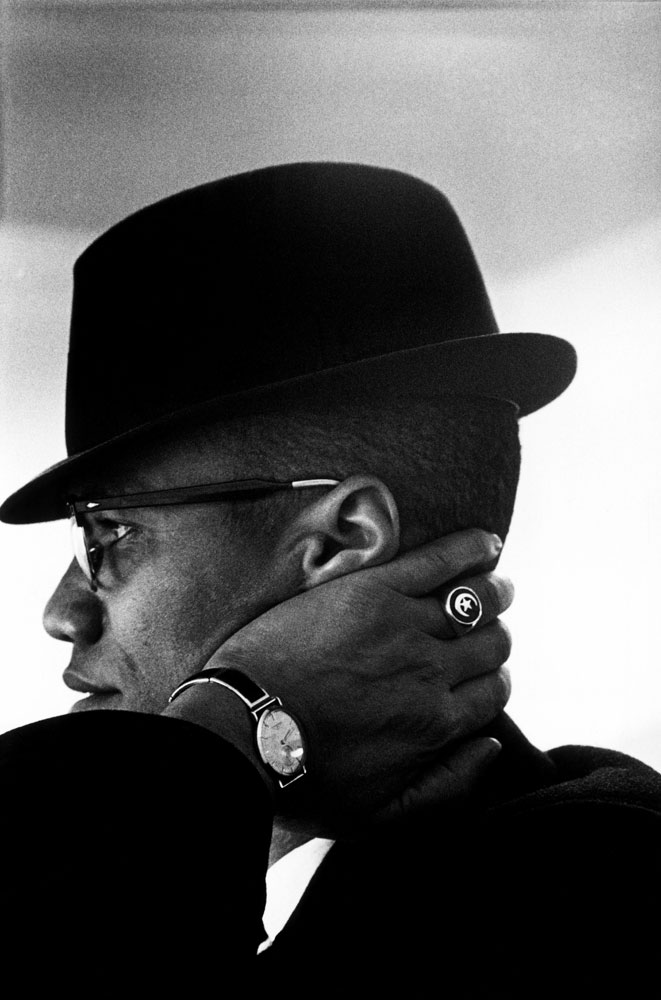
During her multiple-decade career, Eve Arnold photographed people ranging from movie stars and era-defining politicians to the abjectly poor and destitute. Combining methodical reportage with a talent for fostering long-term relationships with her subjects, Arnold — the first woman photographer to join Magnum Photos — produced a body of work that offered a window into many of the cultural touchstones and most of the figures who helped shape the second half of the 20th century.
In 1960, LIFE magazine assigned Arnold, who died in January 2012 at the age of 99, to document the days and nights of Malcolm X, the controversial and intensely charismatic public face of the Nation of Islam. For nearly a year, she followed the thug-turned-devout Muslim and activist from Washington to New York to Chicago.
At the very first NOI rally she attended, at the Uline Arena in Washington, D.C., Arnold photographed George Lincoln Rockwell, head of the American Nazi Party, who had forged an alliance with the Nation of Islam (and who, like Malcolm X, would be assassinated before the decade was over). Arnold — born into a Russian-Jewish family in Philadelphia in 1912 — wrote later that, as she raised her camera to photograph Rockwell and his brownshirt-clad henchmen, he hissed at her, “I’ll make a bar of soap out of you.”
“I hissed back, ‘As long as it isn’t a lampshade,'” Arnold wrote of the moment, “and kept photographing,” She was often the only white face at the rallies she photographed, and once described the chilling experience of removing her sweater after a Nation of Islam rally in Harlem, only to see dozens of burn marks on the back of the garment, where men in the crowd had pushed their lit cigarettes against the fabric.
Arnold’s work from her year spent with the Nation of Islam comprises a powerful mosaic illustrating the strength and energy of a new force in America — a force operating in tandem with the era’s young, increasingly mainstream Civil Rights movement, but with utterly divergent aims and tactics. At the very center of her portrait of the Black Muslim movement is Malcolm X, who Arnold described as kind, gracious and incredibly helpful to her in her work.
“I am always delighted by the manipulation that goes on between a subject and photographer when the subject knows about the camera and how it can best be used to his advantage,” Arnold wrote. “Malcolm was brilliant in this silent collaboration.” The unspoken teamwork, in a sense, that Arnold describes and celebrates went beyond simple access. Instead, she remembers Malcolm X finding her subjects to photograph, arranging shots and ensuring that she had interviews for the text.
“He was a really clever showman,” she wrote, “apparently knowledgeable about how he could use pictures and the press to tell his story.”
When Arnold submitted her photographs to LIFE, an editor initially rejected them on the grounds that the Black Muslims were not well known. When the editor consented to seeing the pictures in layout, the closing photograph of women at prayer was placed above an Oreo cookie advertisement, and the magazine ultimately pulled the material. The next year, Esquire published the images; Arnold observed that the Esquire piece was something of a launch pad to her later, landmark work. In summing up the experience of spending so much time in such close contact with Malcolm X at the height of his riveting career, Arnold wrote that she was “privileged to work with one of the most dynamic leaders of the century.”
Through her extraordinary pictures, the rest of us get to share in that rare privilege.
— Nate Rawlings
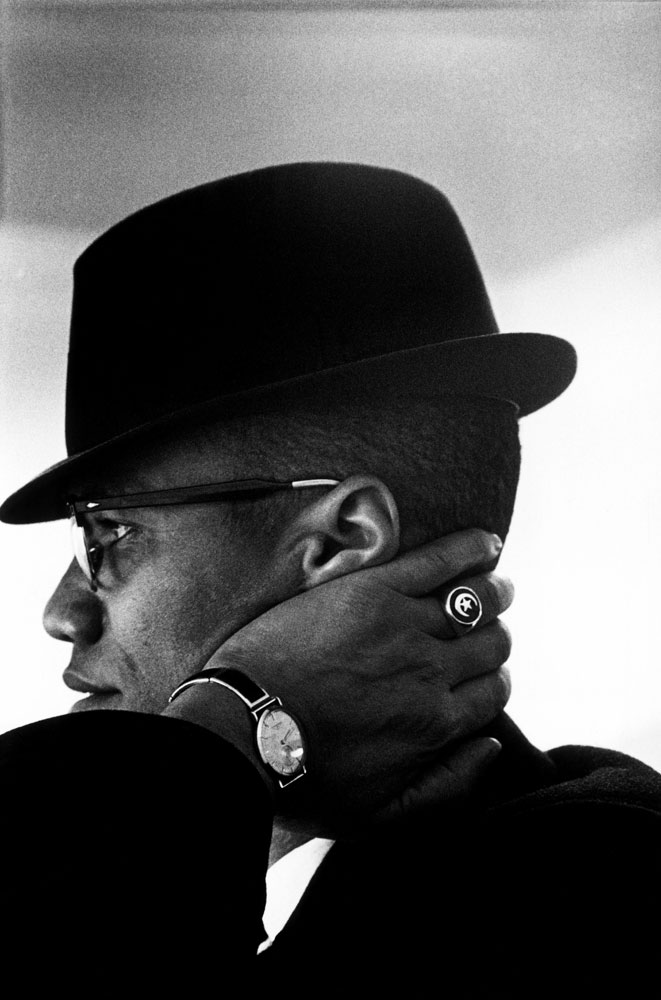
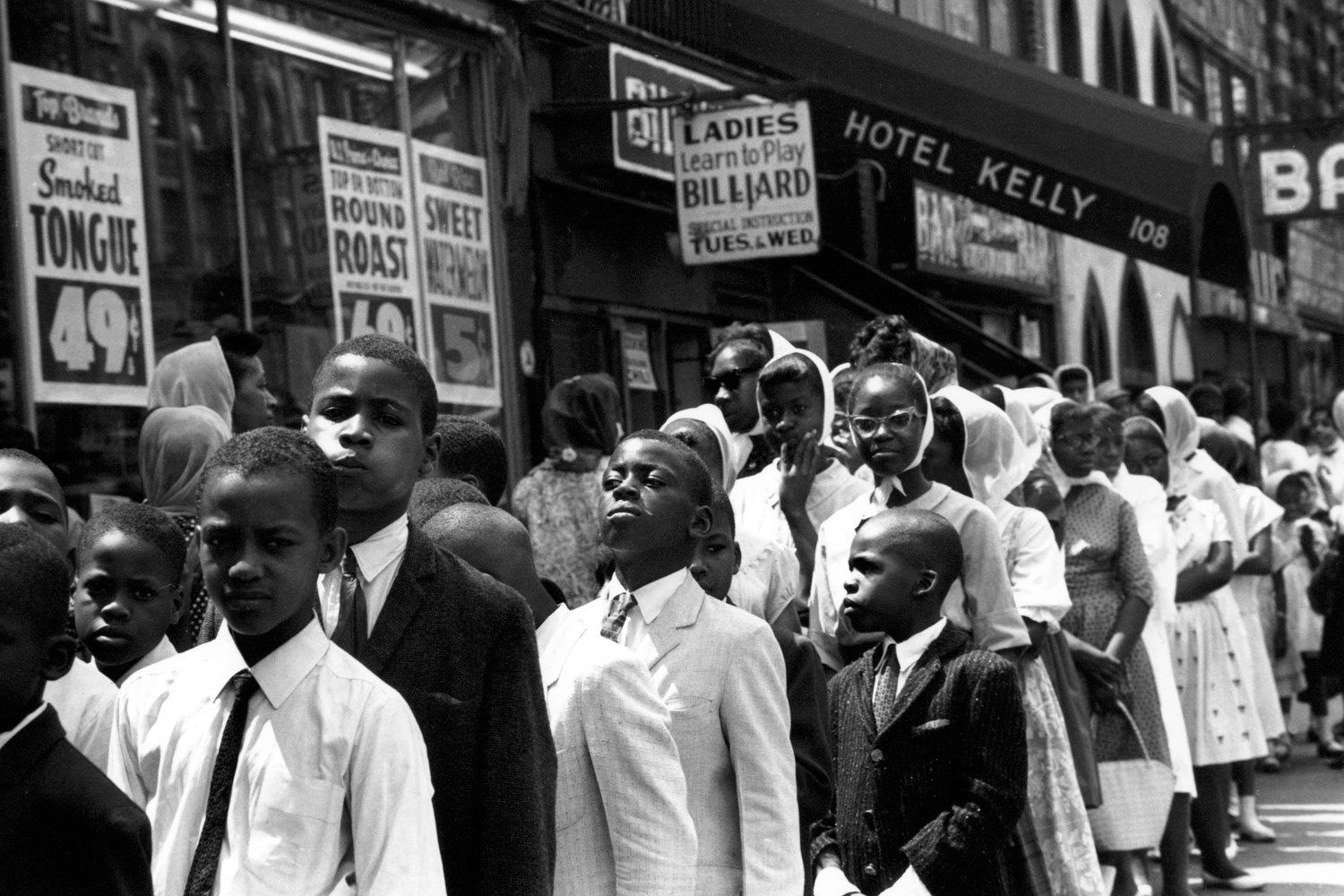
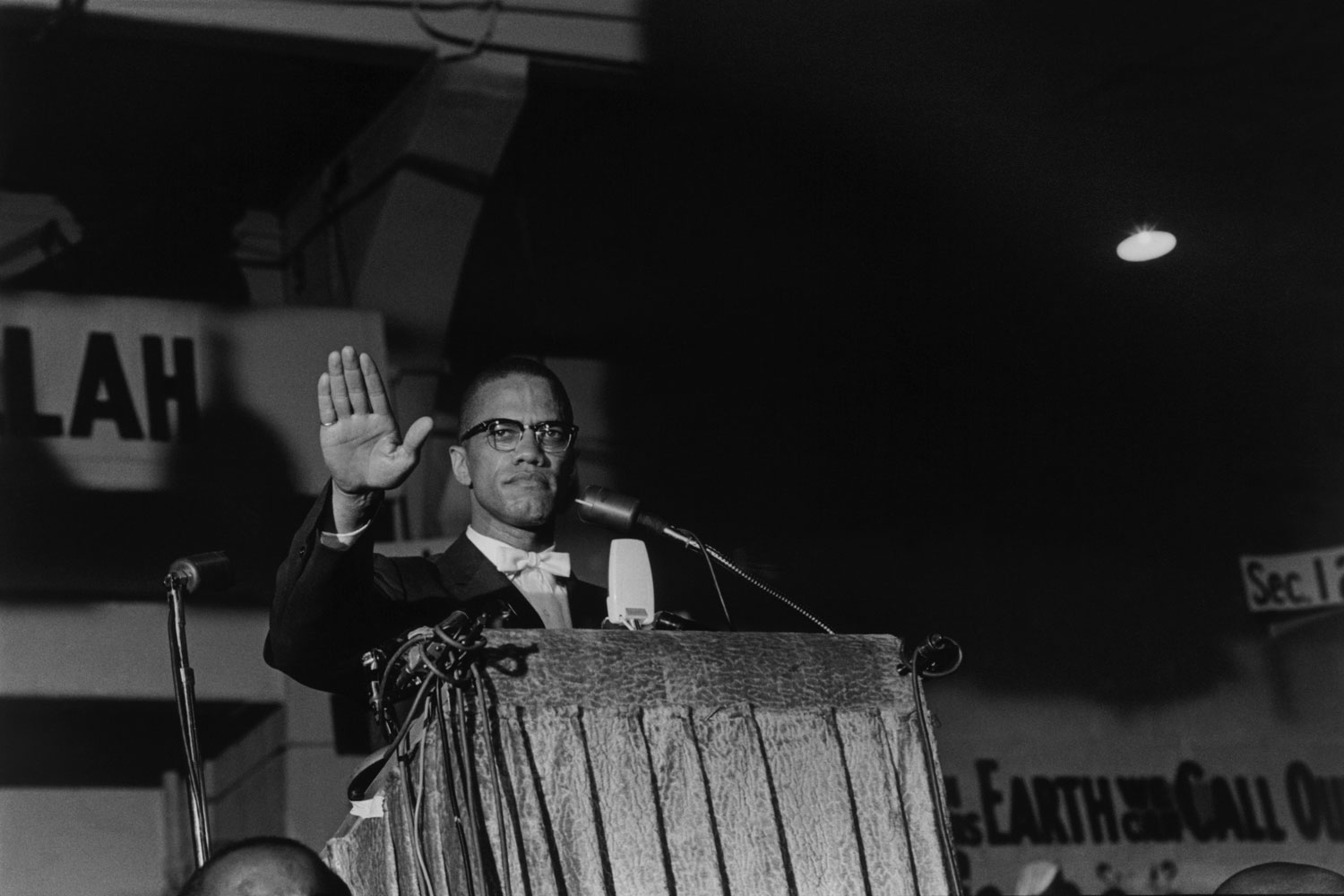
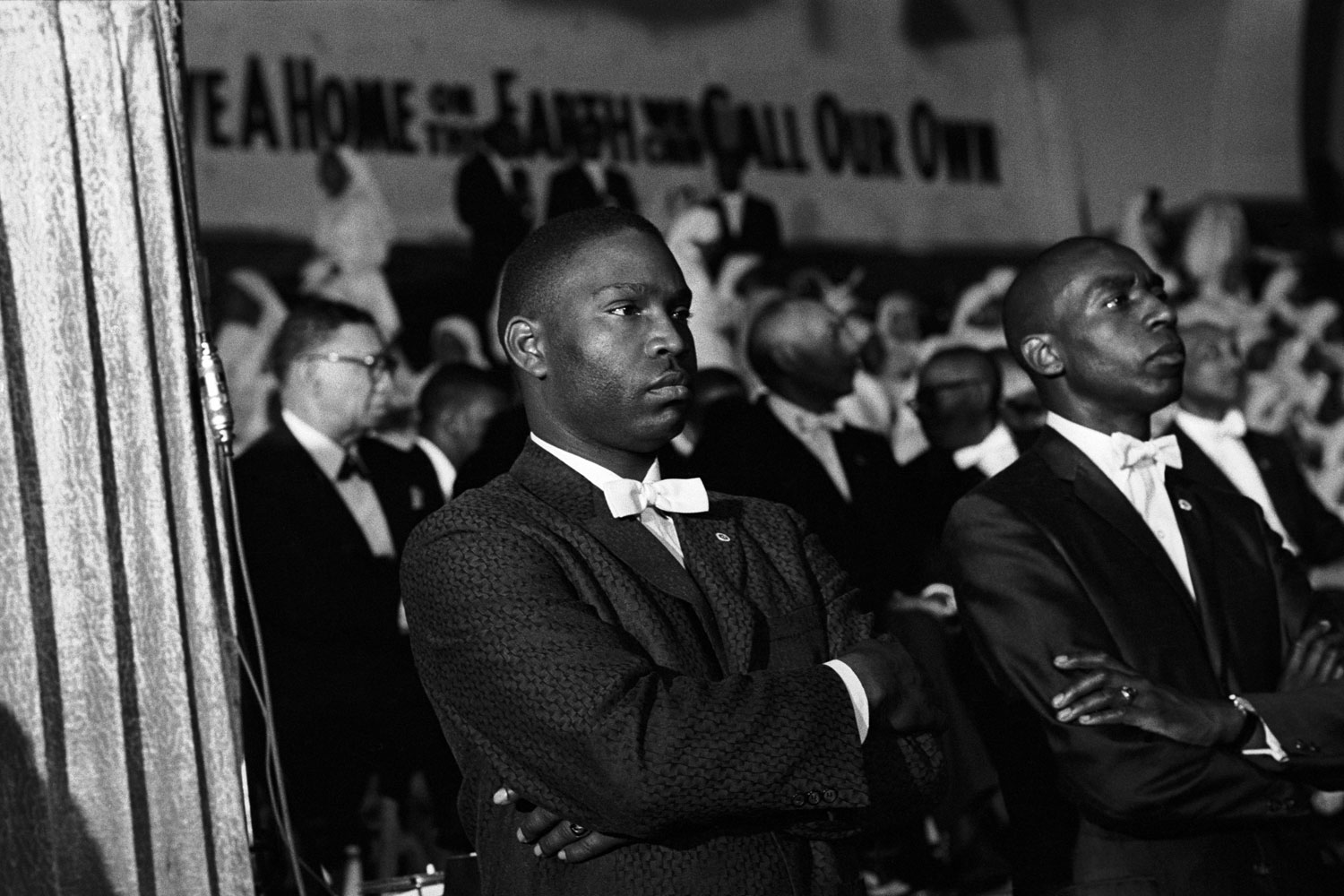
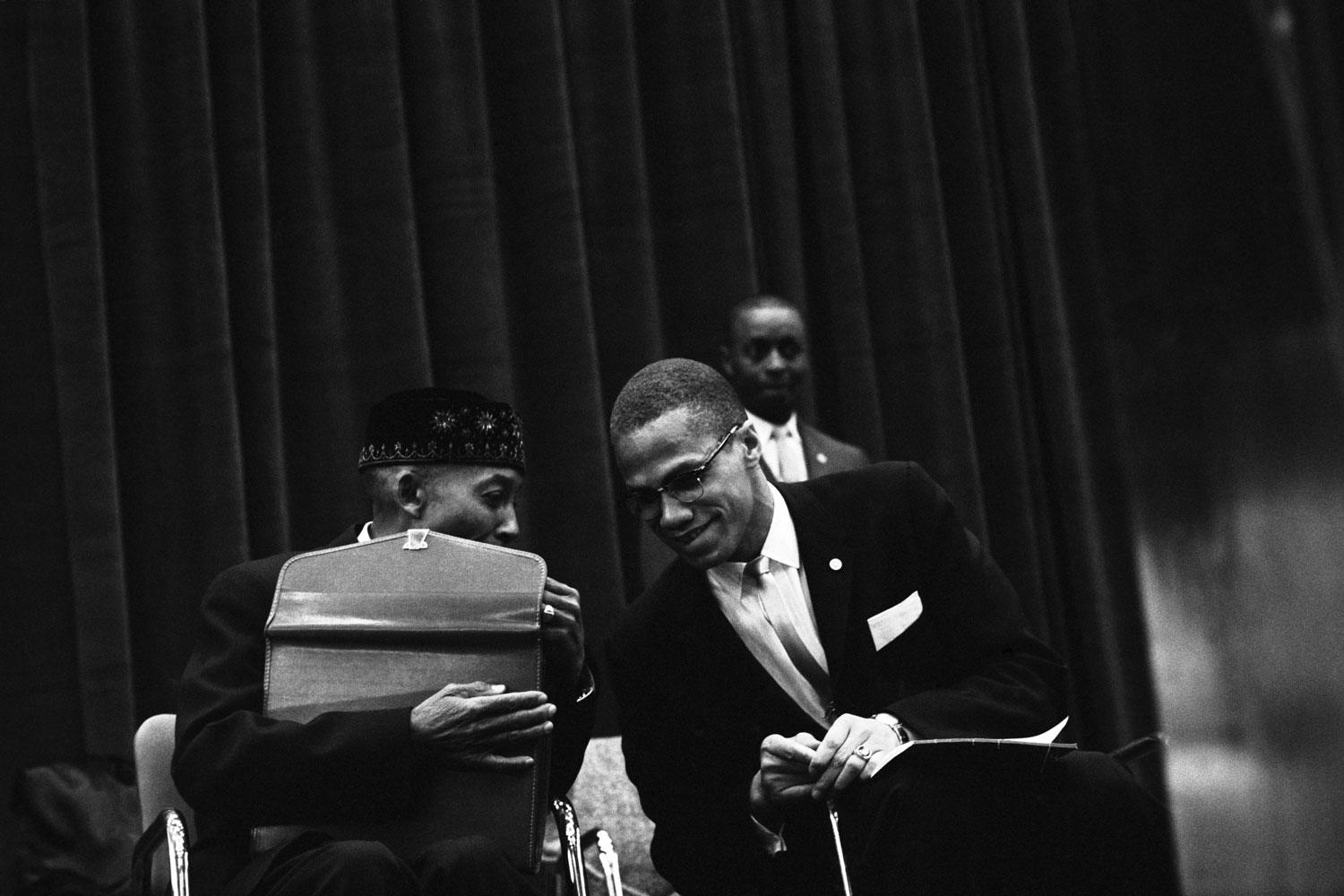
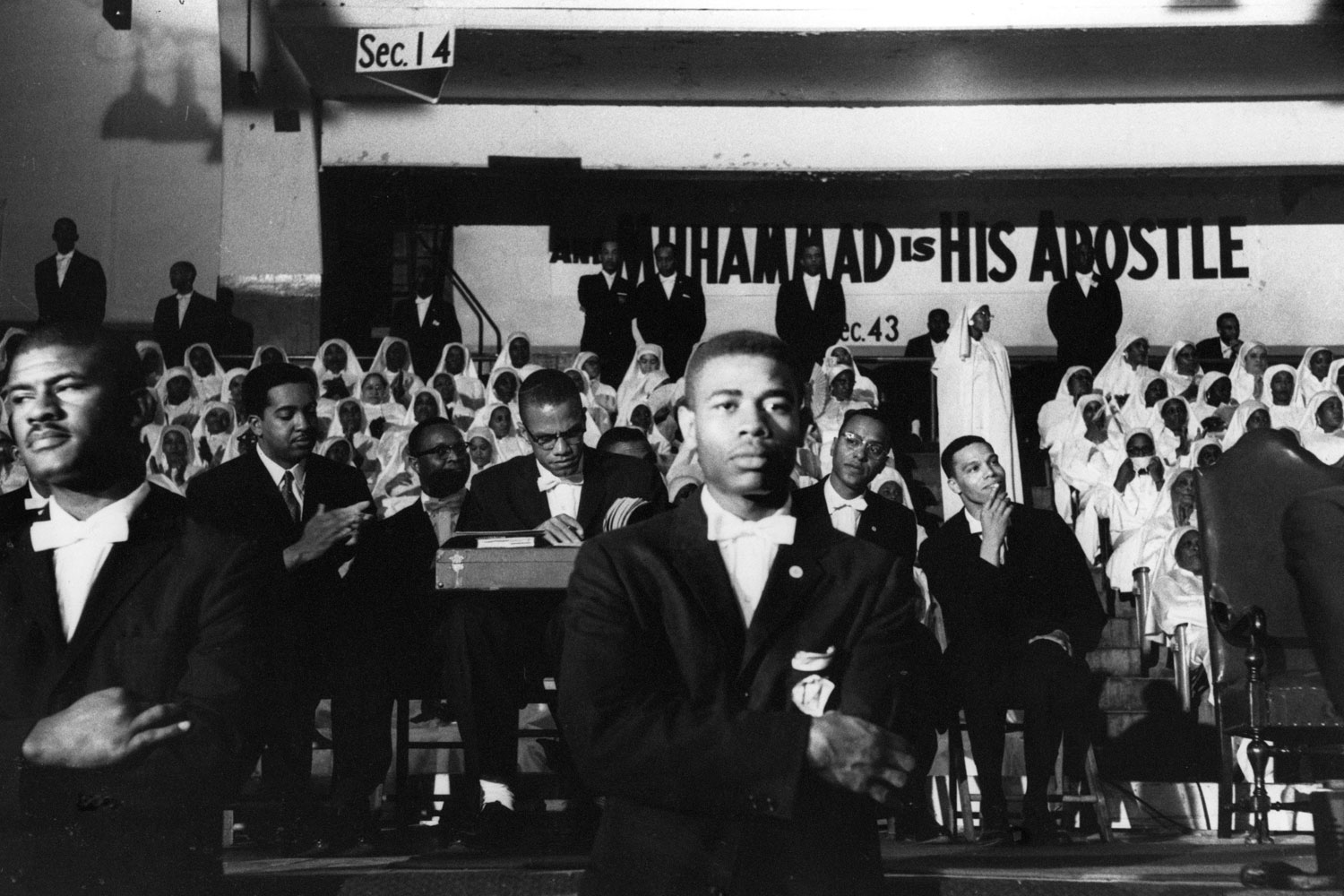
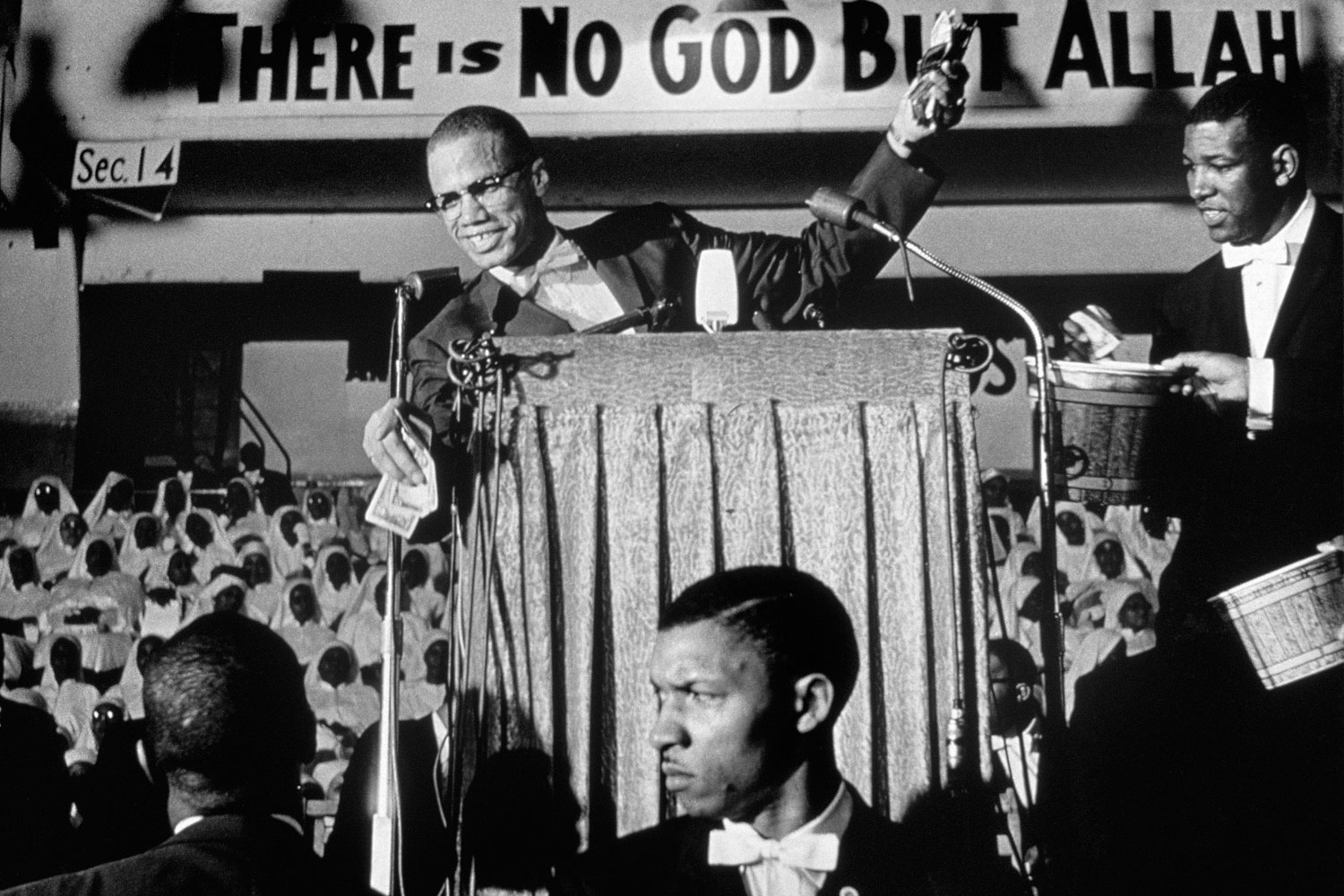
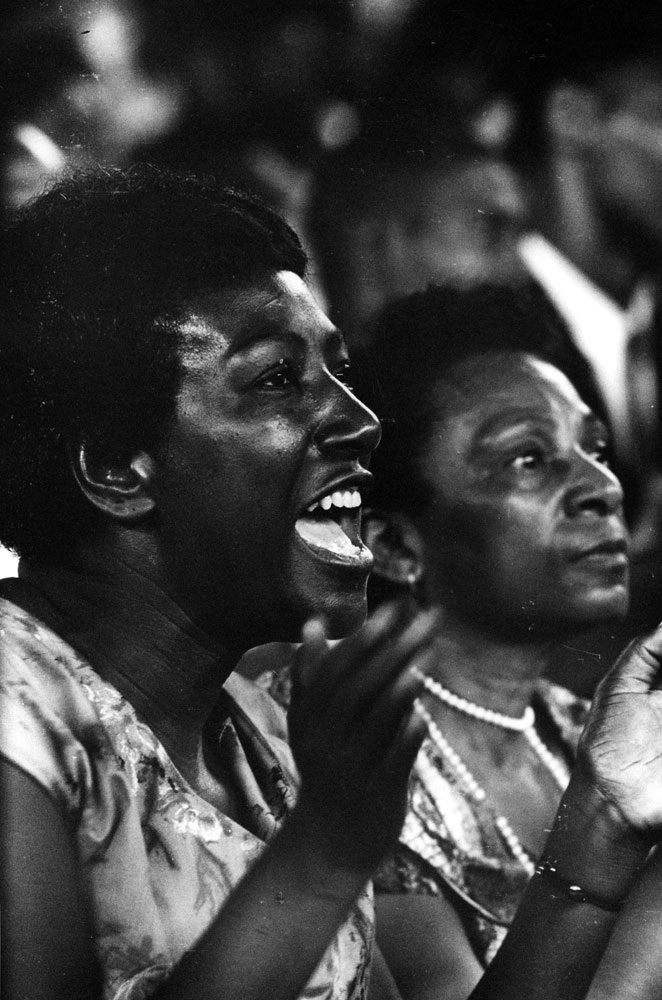
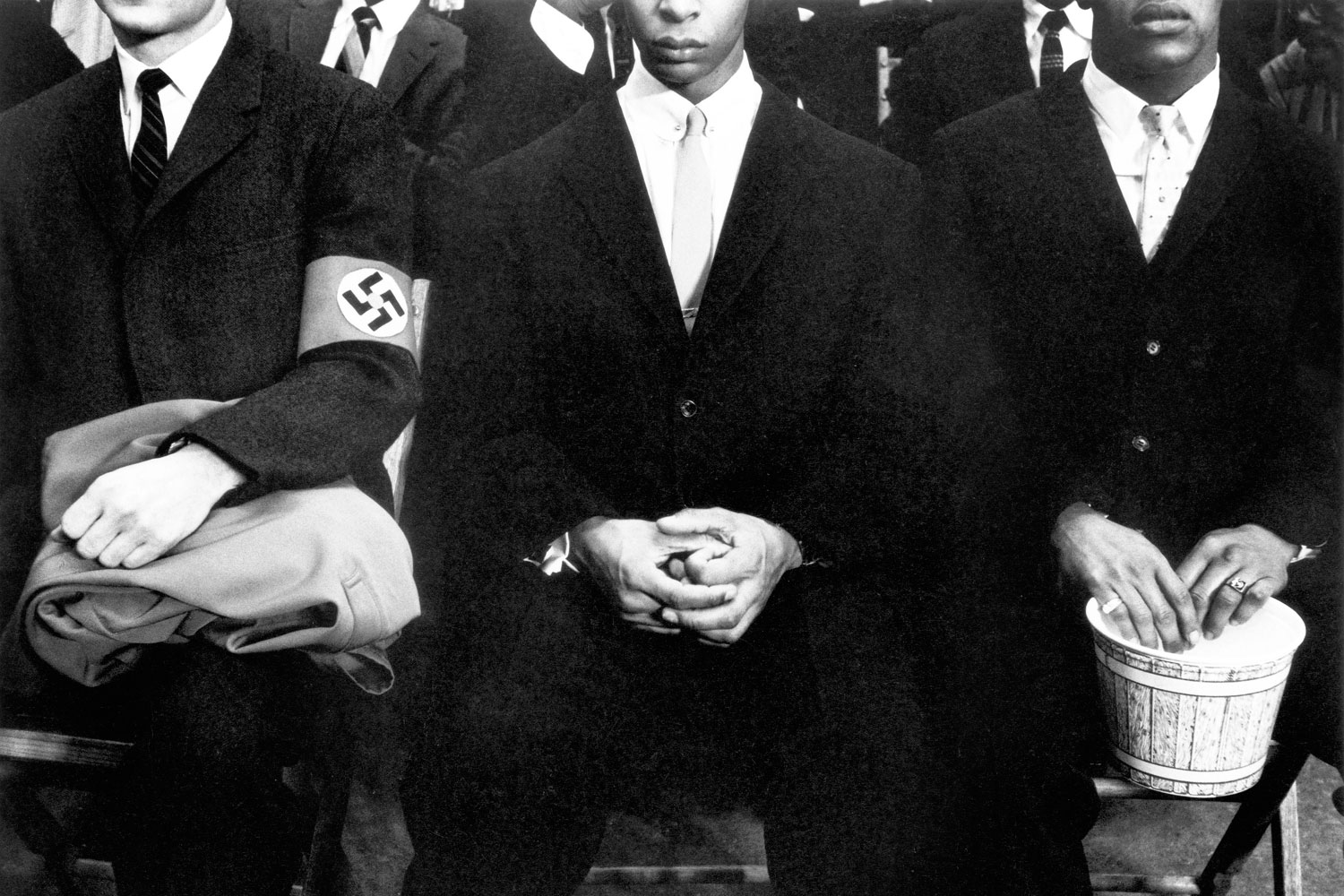
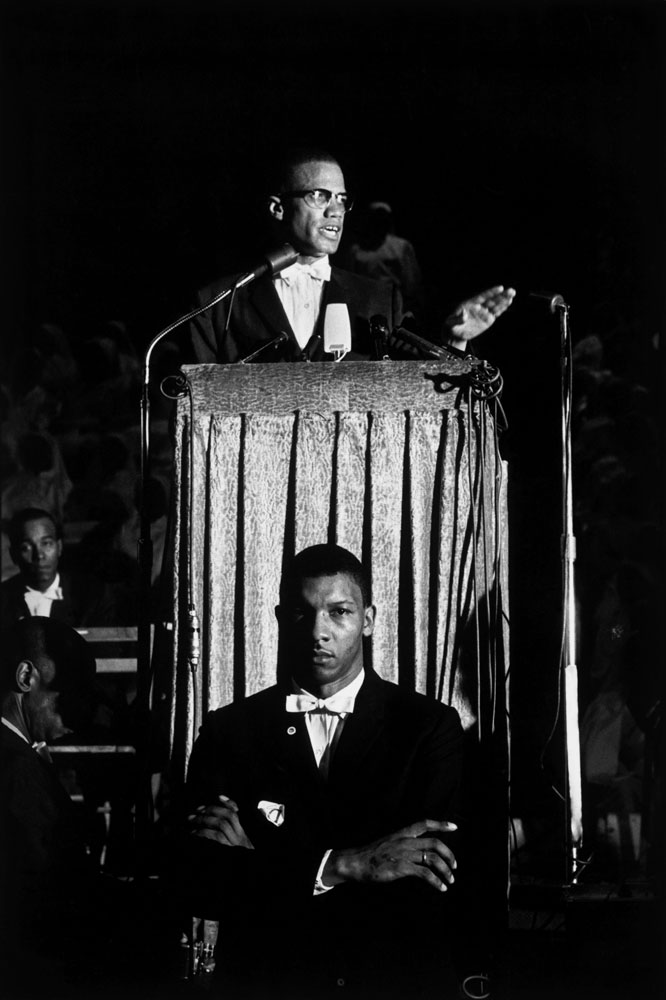
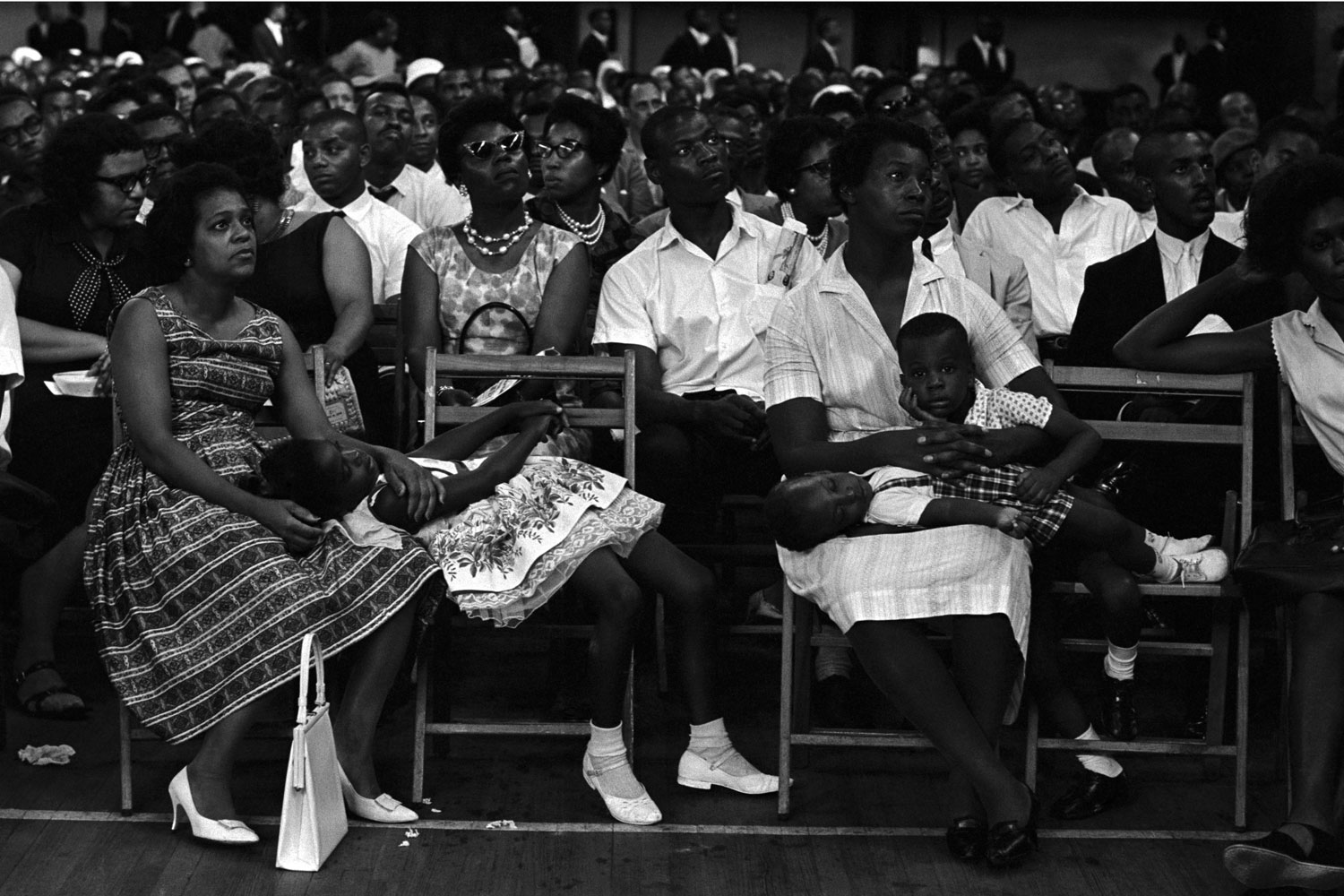
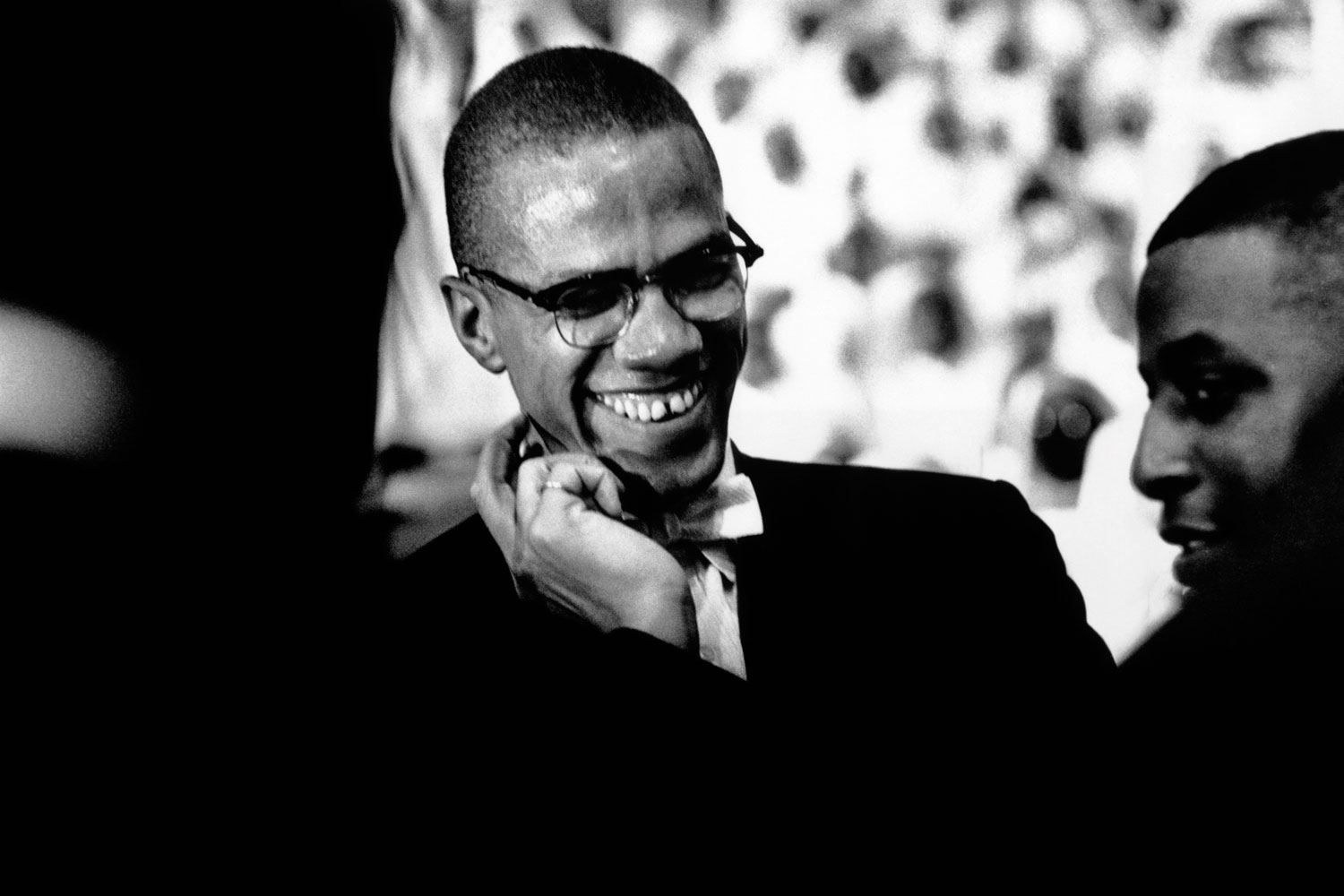
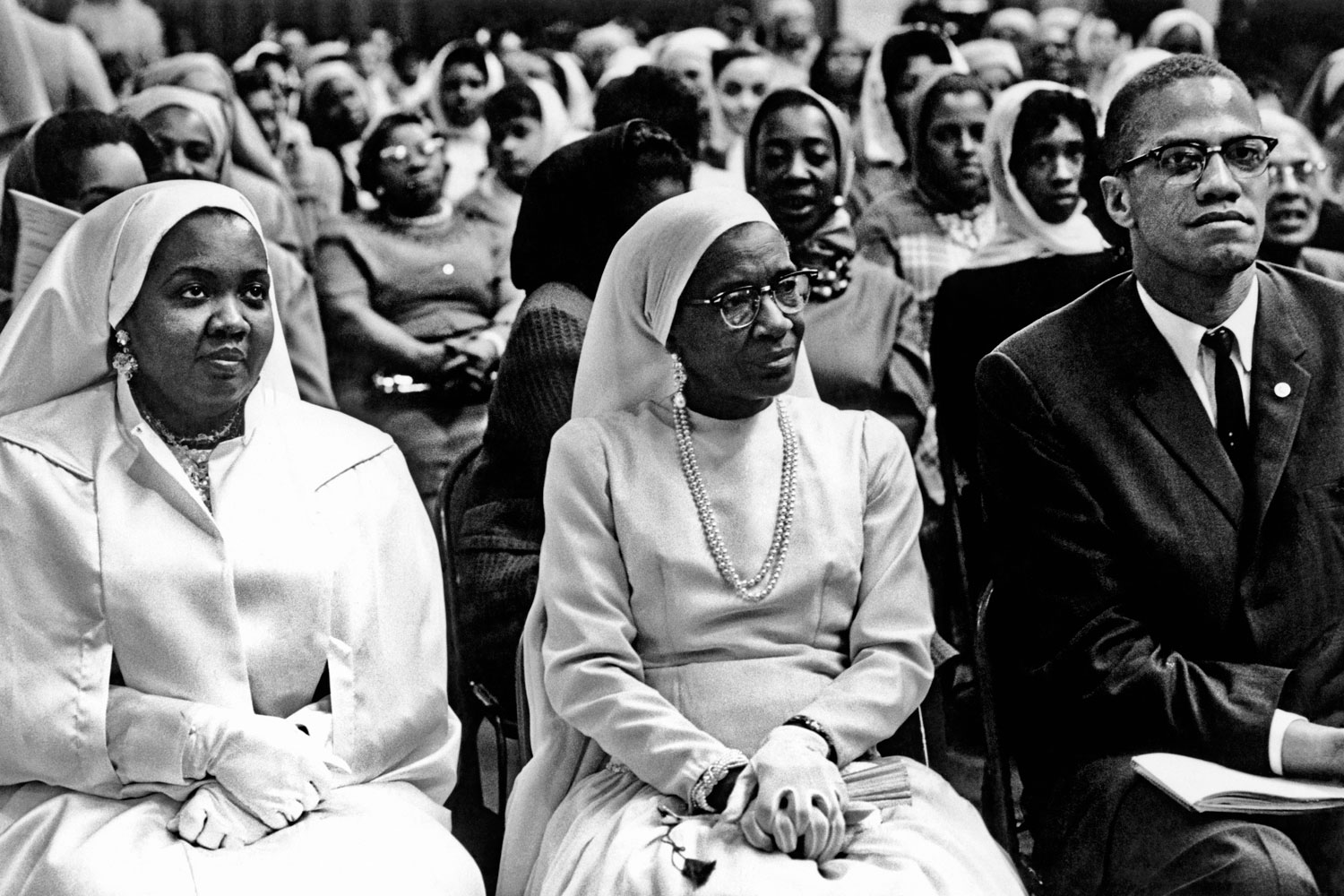
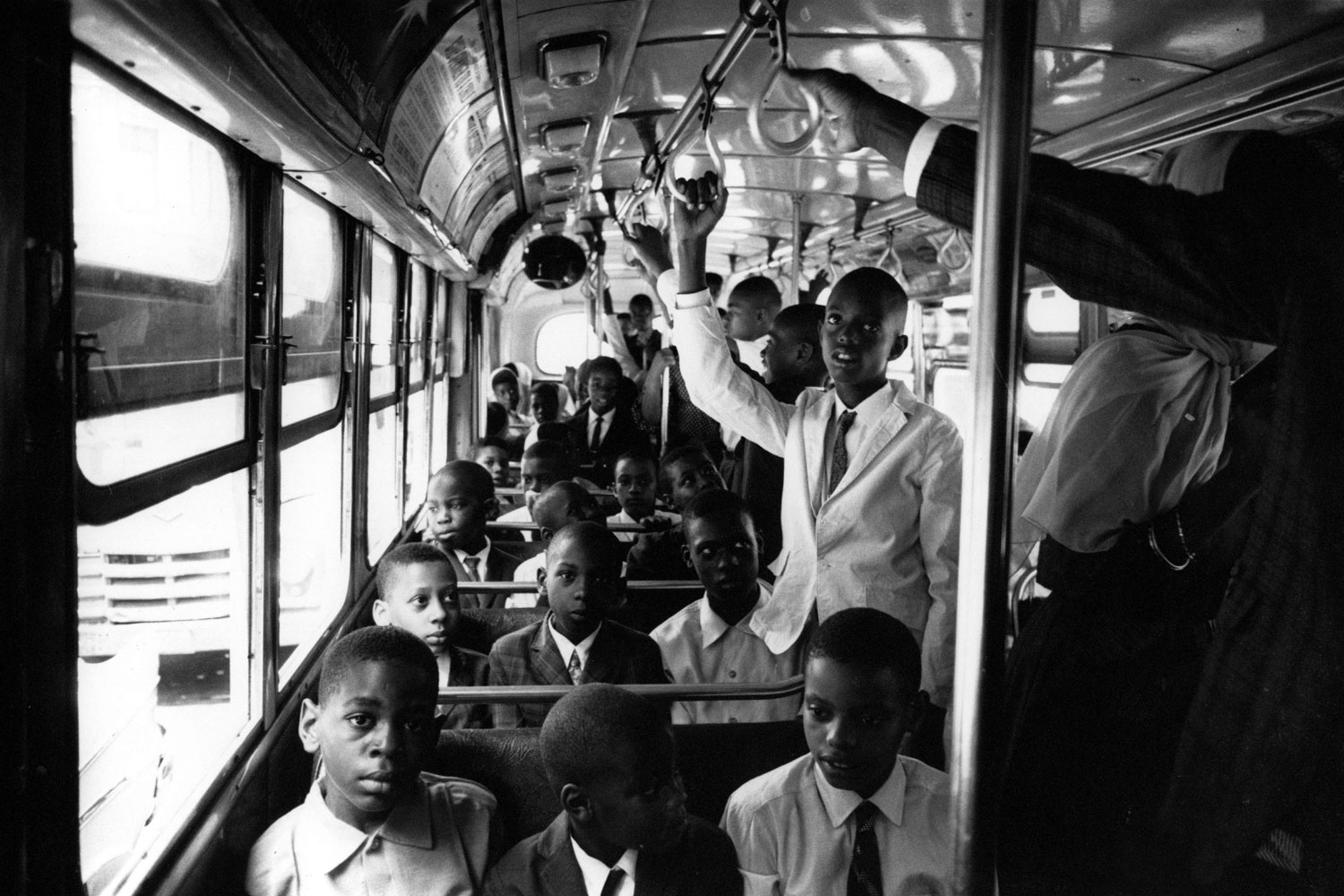
More Must-Reads from TIME
- Donald Trump Is TIME's 2024 Person of the Year
- TIME’s Top 10 Photos of 2024
- Why Gen Z Is Drinking Less
- The Best Movies About Cooking
- Why Is Anxiety Worse at Night?
- A Head-to-Toe Guide to Treating Dry Skin
- Why Street Cats Are Taking Over Urban Neighborhoods
- Column: Jimmy Carter’s Global Legacy Was Moral Clarity
Contact us at letters@time.com